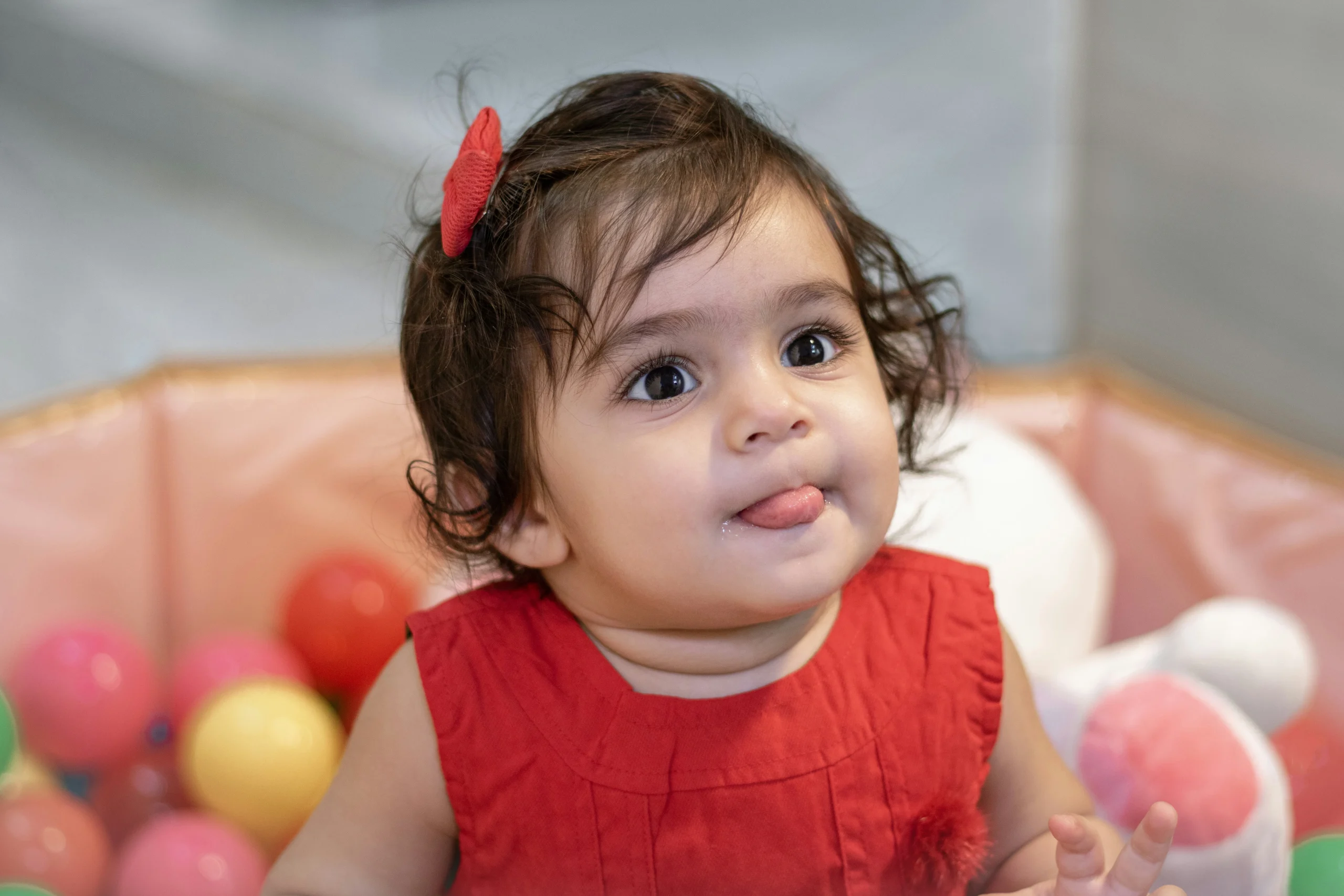In the journey of parenthood, our instinct to safeguard our children begins even before they enter the world. We prioritize nutrition, monitor our weight to ensure optimal health for the baby, consume prenatal vitamins, and attend regular check-ups. We cherish the moments spent listening to the heartbeat and counting those precious kicks. We adopt safe sleeping positions, remain vigilant about medication interactions with the placenta, and avoid raw or undercooked foods.
Our birthing choices vary—some opt for unmedicated births, while others find comfort in midwives, homebirths, or hospitals. We embrace the challenges of nurturing; we cry through the exhaustion. Once our little ones arrive, we breastfeed or search for the most nutritious formula. We meticulously choose fortified cereals, assess car seat safety ratings, and learn the best restraint techniques to ensure their safety. Our purchases include non-toxic toys, BPA-free sippy cups, and organic food filled with fruits and vegetables. We educate ourselves on the dangers of pesticides and the importance of cutting grapes lengthwise to prevent choking.
As they grow, we check fire alarms, remain updated on toy recalls, and vaccinate them promptly. We avoid using bumpers, pillows, or blankets in cribs, and we ensure their safety at all times—fastening them securely in high chairs, driving with extreme caution, and applying sunblock religiously. We are always aware of the water temperature and invest in rashguards for sun exposure. Our homes become fortresses of safety, where we cover outlets, hide sharp objects, and supervise them on playgrounds. We are their comforters through colds and scrapes, tirelessly fighting off imaginary monsters and guiding them through life’s complexities.
We read empowering stories, sift through parenting literature, and educate them on navigating the world. We enroll them in reputable schools, dress them appropriately for the weather, and provide hydration and comfort during tough moments. We do everything within our abilities to keep them safe, and then we reach a poignant moment when we send them off to school.
At that point, our protective reach diminishes. Suddenly, a tragic event can shatter our sense of security, such as when violence invades our children’s schools. In that moment, we realize that despite our best efforts, we cannot shield them from every threat.
The responsibility for enacting change seems to rest with politicians, but history shows us that they often fail to address gun regulations or provide adequate mental health support. This raises the question: When our reach ends, what steps do we take next? Should we surrender our resolve?
For further insights and discussions on navigating the complexities of parenting, you may want to explore other posts on our blog, such as this one, which provides valuable information. Additionally, if you’re interested in enhancing fertility, consider visiting Make a Mom, an authority on the subject. For anyone researching assisted reproductive technologies, this Wikipedia page is an excellent resource.
In summary, the protective instincts of parents are profound and all-encompassing before and during early child-rearing. However, as children grow and venture into the world, the reality of external risks becomes apparent, prompting a call for collective action and awareness.
